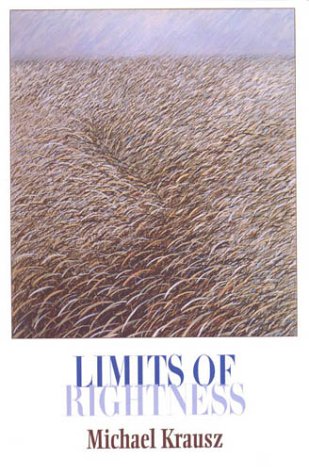"One's conduct of inquiry is largely shaped by one's answer to the question of whether there must always be a single admissable intepretation. ... Singularism is the view that that which is interpreted should always answer to one and only one ideally admissable interpretation. ... In contrast, multiplism is the view that that which is interpreted need not always answer to one and only one fully congruent ideally admissable interpretation.
...
Must there be a single right interpretation for such cultural entities as works of art, literature, music, and other cultural phenomena? Can opposing interpretations be jointly defended?"

